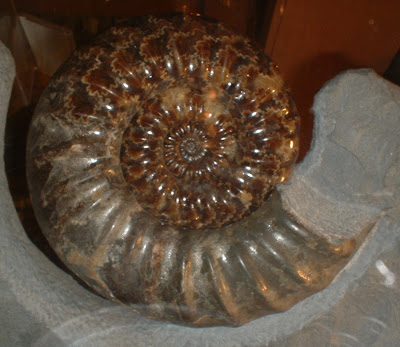Blue Jays are in the family Corvidae — along with crows, ravens, rooks, magpies and jackdaws. They belong to a lineage of birds first seen in the Miocene — 25 million years ago.
These beautifully plumed, blue, black and white birds can be found across southern Canada down to Florida. The distinctive blue you see in their feathers is a trick of the light. Their pigment, melanin, is actually a rather dull brown. The blue you see is caused by scattering light through modified cells on the surface of the feather as wee barbs.
Blue jays like to dine on nuts, seeds, suet, arthropods and some small vertebrates.
If you are attempting to lure them to your yard with a bird feeder, they prefer those mounted on trays or posts versus hanging feeders. They will eat most anything you have on offer but sunflower seeds and peanuts are their favourites.
They have a fondness for acorns and have been credited with helping expand the range of oak trees as the ice melted after the last glacial period.
Their Binomial name, Cyanocitta cristata means, crested, blue chattering bird. I might have amended that to something less flattering, working in a Latin word or two for shrieks and screams — voce et gemitu or ululo et quiritor. While their plumage is a visual feast, their bird chatter leaves something to be desired.
Their cries are quite helpful if you are an animal living nearby and concerned about predators.
In the Kwak̓wala language of the Kwakiutl or Kwakwaka'wakw, speakers of Kwak'wala, of the Pacific Northwest, a Blue Jay is known as kwa̱skwa̱s.
The Kwak’wala word for blue is dzasa and cry is ḵ̕was'id. For interest, the word for bird song in Kwak'wala is t̕sa̱sḵwana.


.png)


